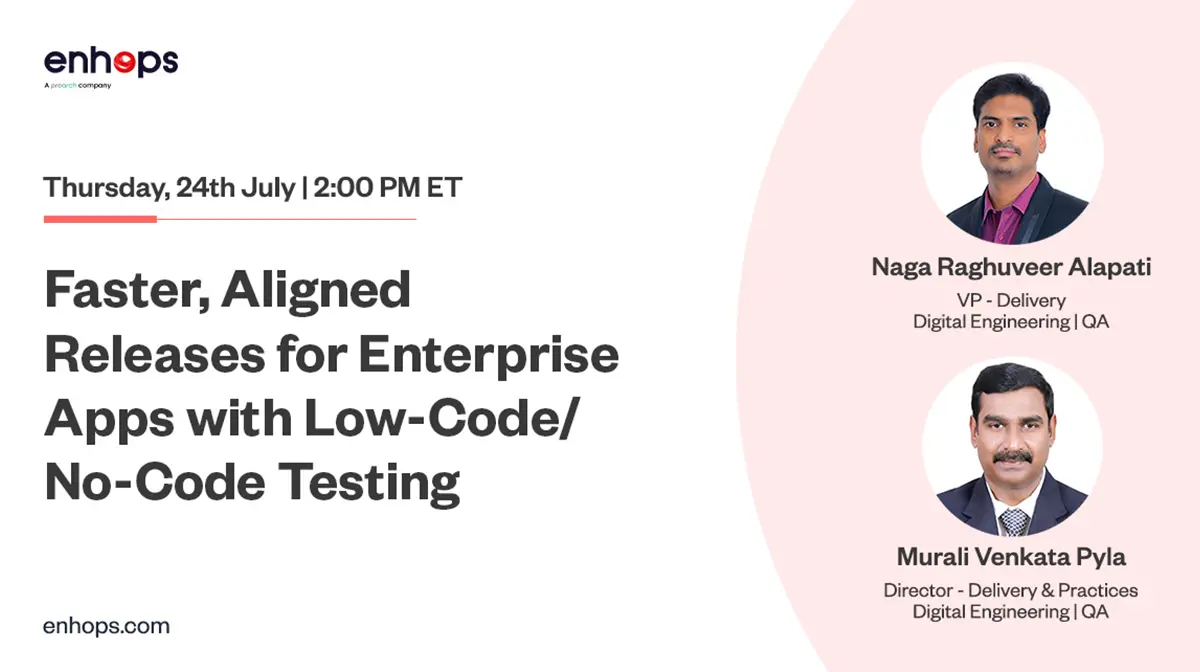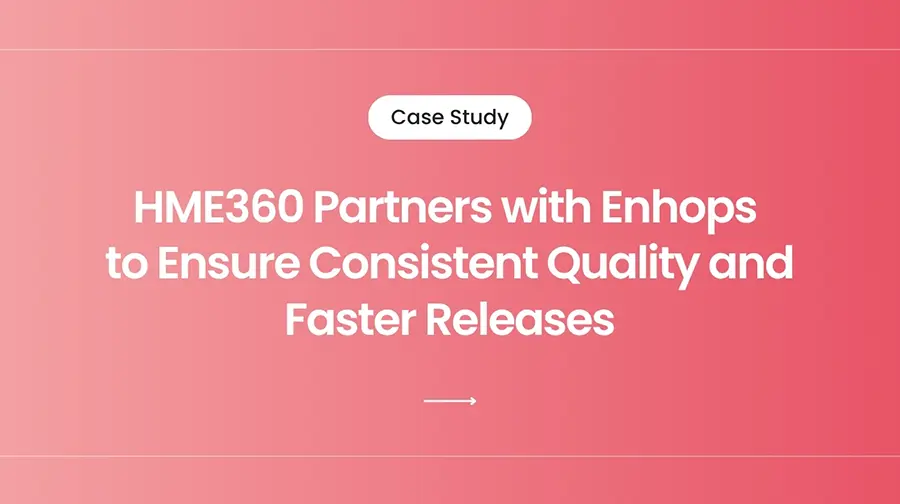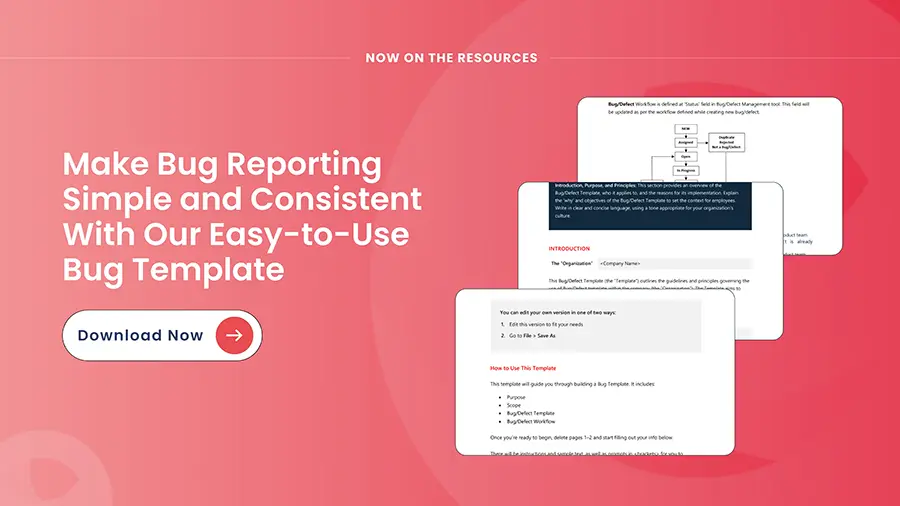The race to outperform the business competition is at its peak – and will remain so for the foreseeable future. Needless to say, digital business models have taken over the traditional business models and software products are seen as key enablers to resilience, growth, and customer experience.
In the quest for the building fittest digital business models, digital transformation has become a primary agenda for business leaders today – and its key enforcer is digital products. If enterprises can optimize their software development and management, their digital transformation can outpace the competition. This includes key enhancement in areas like software development and delivery, using DevOps and agile practices, mindful automation, and talent management, among many others.
This article brings together thoughts from our software product engineering experts that shall guide you in accelerating your digital transformation journey by leveraging successful software product engineering practices.
Before diving straight onto the topic, let’s do a quick rundown of how does a Software Product Engineering process looks like –
1. Software Product Ideation and Conceptualization:
The very first stage involves coming up with a product idea to solve a specific business challenge. Outlining challenges makes it easier to identify features in the product, prepare a rough outline, and work with cross-functional teams to develop a minimum viable product.
To ensure successful product ideation, it is a must for organizations and business leaders to turn up with a customer-first approach. However, this means much more than building software products. It requires a fundamental revamp of the entire business model and getting heads together for market and customer research. A thorough understanding of the technology stack and implementation goes a long way in choosing the right technologies.
2. Software Product Architecture:
Software product architecture goes much deeper than the technical considerations. Before selecting the right architecture for your next software product engineering project, it is important to consider these factors to start the journey on the right foot –
- Business value organizations want to derive from the software product
As much as software architecture sounds like a technical function, strategic business objectives determine what kind of application one must build and how to architect it.
Choosing the right software architecture depends on what an organization wants to achieve. If the end goal is achieving ultimate scalability without worrying about the infrastructure, cloud-native architecture is the best. If an organization wants to ensure robust security and governance, a private cloud or exclusive hosting in state-of-the-art data centers with a shared security model would serve the purpose.
The metamorphosis of digital applications in the last few years has presented complex architectural options for IT leaders. The biggest challenge for IT leaders is to create a symbiotic association with their old and new architectural frameworks to meet new requirements of security, governance, and customer experience while keeping a tight hand on costs and growing architectural complexities.
Tip: It is crucial to work with stakeholders and the right product engineering service providers who understand business aspirations and plans to be able to respond with agility. Consider looking at the past case studies where the partner has improved technological efficiencies by using new-age development methodologies.
- Domain of the organization
Considering the domain of the organization has a strategic value and it can be instrumental in using software to solve complex business challenges. The domain-driven design considers connecting the software development and implementation to the growing needs of the business.
The objective is to map business logic and concepts into software artifacts. This leads to aligning the code artifacts, automation, and infrastructure as code concepts to business problems making everyone participate in the software building process.
- Data you are working with
Before deciding on the type of software architecture, take a deep look at what kind of data your organization is working with. For a banking organization, there must be sensitive data related to customer financials, credit histories, and passwords and hence it becomes imperative to keep security at the top priority when designing the architecture.
For a social media platform, it is very crucial to be able to handle millions of customers at the same time and hence availability and performance take the top place.
It is not easy to decide on a suitable architecture based on data while balancing the application characteristics and stakeholders’ concerns. If you are wondering, how to select the right architecture for your product engineering project, let’s talk – info@enhops.com.
- Architecture Characteristics
Based on the type of audience, data your organization is working with, and type of application, the organization must choose the top three to four characteristics that they want software architecture to have.
Some of these characteristics are – Agility, Portability, Evolvability, Traceability, Resilience, Reliability, Durability, Security, Scalability, and more. While it looks lucrative to have all of them but it’s not possible practically hence it’s advisable to pick the top three characteristics an organization desires to have.
3. Software Design and Development:
Software design and development is the stage where business requirements are gathered and broken down into deliverables, timelines, and efforts. Approaching software design and development depends on the type of methodology chosen by the team based on their structure, resources, and experience.
Some of the very popular methodologies used for software development are Waterfall, Feature-Driven Development, Agile, Scrum, Extreme Programming, and Lean.
4. Software Quality Assurance:
Software Quality Assurance involves rigorous testing of the software application to ensure that it is working as expected. In the waterfall method, software quality assurance comes at the last stage to test that every functionality of the application is working as intended. This method has been used for decades, with the rise of DevOps and Agile development practices, testing can’t be left behind.
In today’s scenario, testing has been made an integral part of software delivery and development. Using automated testing frameworks, a good number of tests are run automatically leading to early feedback and remediation of tests.
These steps are common across any software product engineering process. What makes some of them more successful than others are the best practices that a team uses while crafting the software product. At Enhops, our product engineering experts abide by these best practices to ensure that we deliver high-quality and secure applications to our customers.
a) Continuous Testing – With every release, it is important to test the applications thoroughly for security and new features. To achieve this, it is important to have a continuous testing strategy in place. Here is a list of items required to achieve continuous testing –
- Automate the test scripts generation
- Simulated test environment
- PII compliant test data must be available on demand
- Multi-layer/backend ‘request and response testing’ before UI testing
- Automation of performance and security tests
- Integrate an open-source testing tool
- Invest in cloud-based API testing and Low-Code testing tools
- Create a balance of automated and manual testing skills
- Orchestration and automation of the pipeline to promote artifacts when a test pass
- Develop feedback loops to harness insights and act upon them throughout the SDLC
b) Readiness to adapt with agility – The software development practices have undergone a metamorphosis over the last few decades. DevOps, Agile, Lean, and Scrum methodologies have proven incredibly flexible and adaptable. The ability of software development teams to collaborate virtually, address customers’ feedback and deliver high-quality applications has grown tremendously. Product Engineering teams can embed agility in their processes by –
- Bringing Development, Operations, and Testing together using modern engineering practices
- Focusing on people-led transformation
- Organizing timely sprints lead to timely feedback guiding the entire course of the software engineering process
- Decide on the minimum viable product (MVP) and start with small value-driven releases
- Providing timely access to team members to people, knowledge, tools, and resources
- Training all the team members to foster a collaborative culture and agile mindset
- Choosing the right and self-sufficient teams to ensure you have the right mix of people and skills to execute the software product roadmap with maximum impact
c) Administering Feedback loops
For many organizations, administering the on-time and actionable feedback loops has been the primary concern. Amidst various teams, applications, vendors, and business users, the data or information falls through the cracks before it makes its way into the system. A few best practices that can help in building actionable feedback loops are –
- Knowledge management using the right tools and involving the concerned team members
- Regular review meetings with customers and ensuring that their concerns are addressed immediately
- Building an internal system for business users to post their feedback and queries
- Create a single source of truth for all stakeholders to witness the progress and delays
- Chose and scale agile framework to move forward without breaking things and incorporating feedback faster than ever
d) Measure What Matters
Continuously staying ahead or improving your software metrics is one of the most difficult challenges for your product engineering teams. But the success of your digital transformation programs depends on how effectively your teams are improving the metrics that matter to the business. Some of the ways to reimagine your metrics are –
- Create a list of KPIs that help in capturing numerical progress based on organizational goals
- Foster a data-driven culture to make sure these metrics give insights into the product engineering progress
- Continuously iterate these metrics and try to improve them
Software Product Engineering Services from Enhops
Enhops can help organizations in accelerating their software product engineering efforts. Technology leaders are keen to adopt new technologies and also modernize their legacy applications to make them easy to integrate with new technologies. Enhops can help here. We provide end-to-end engineering services including cloud adoption, DevOps, legacy modernization, application development, and quality engineering. We also add value by implementing appropriate cloud infrastructure for clients and making recommendations about technology and platform selection.
Get in touch with us to explore how we can strengthen your product engineering capabilities. Write to us at info@enhops.com.




